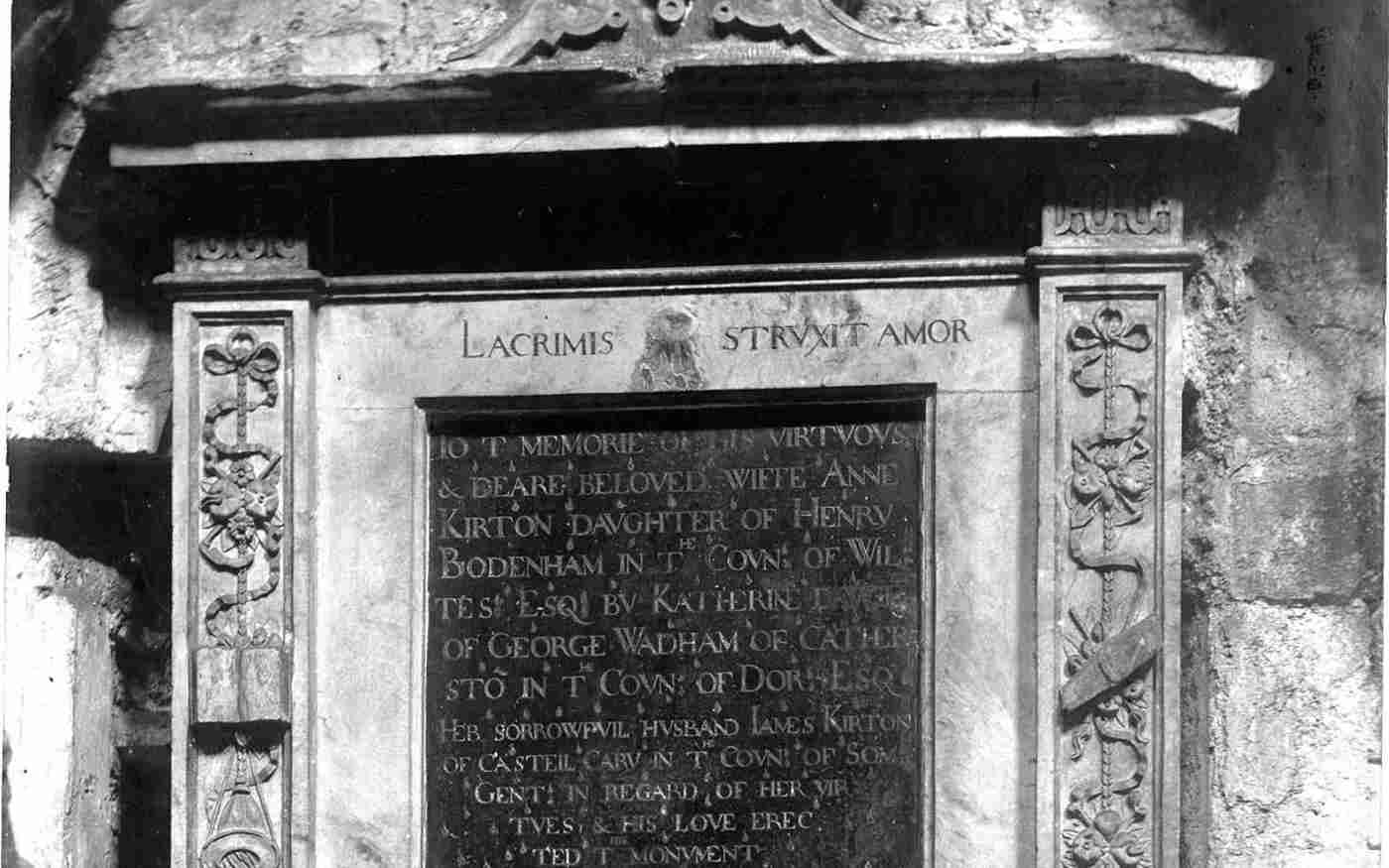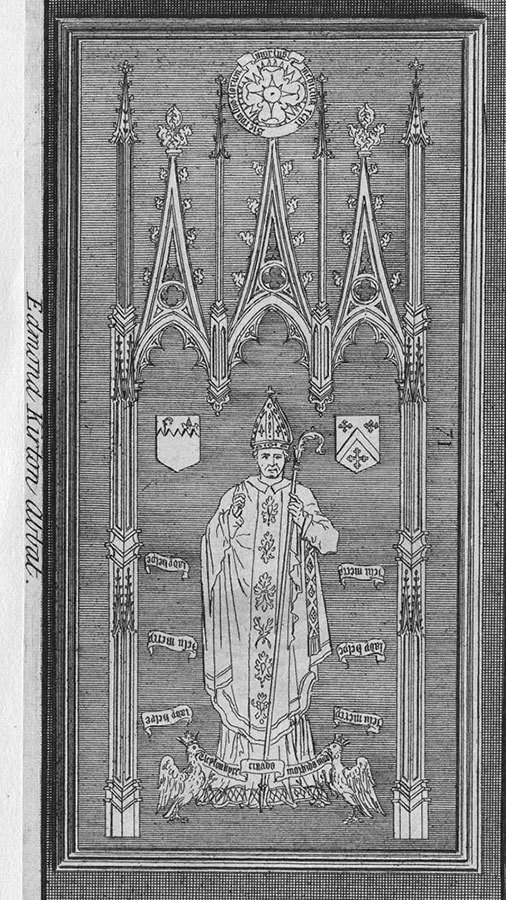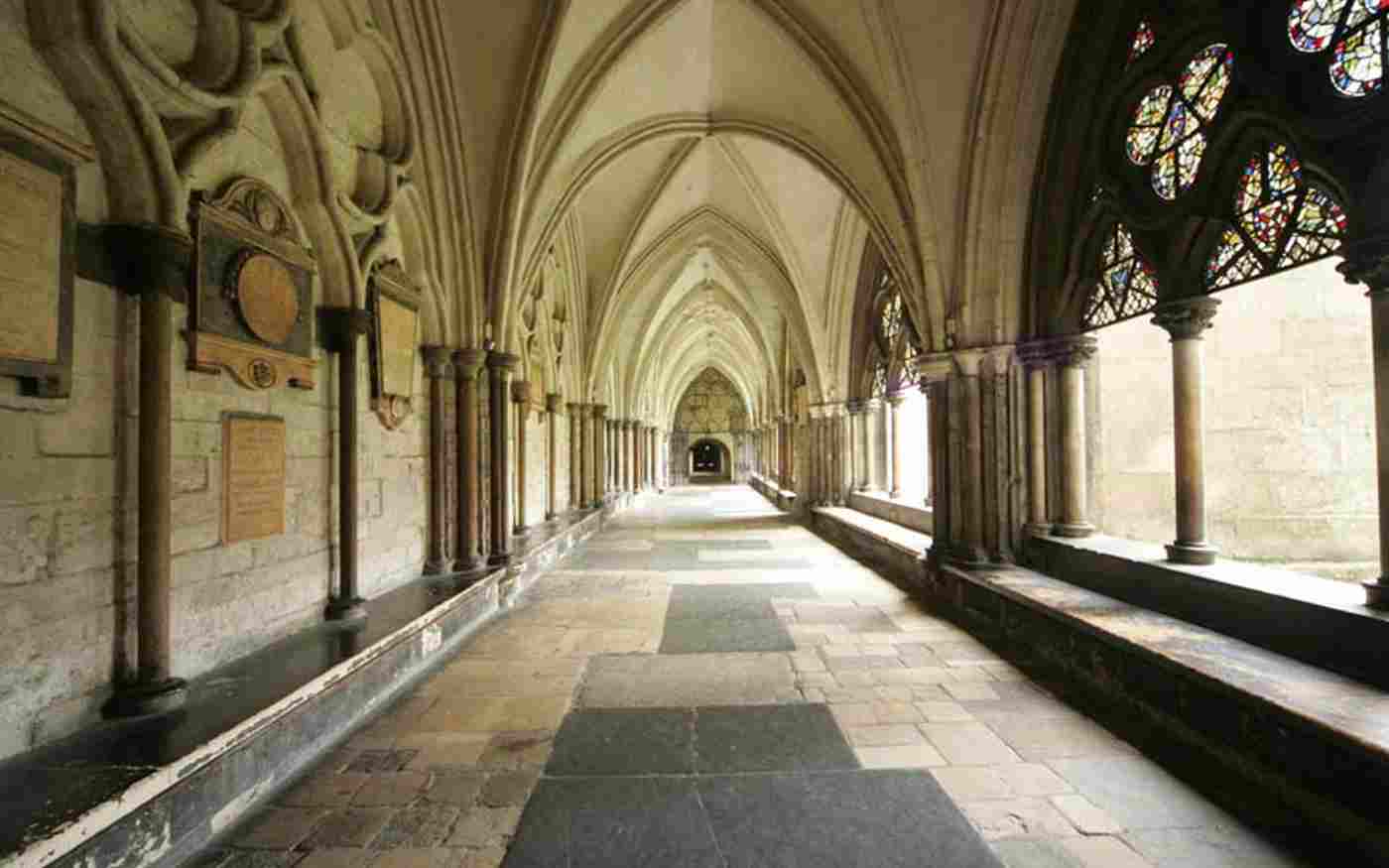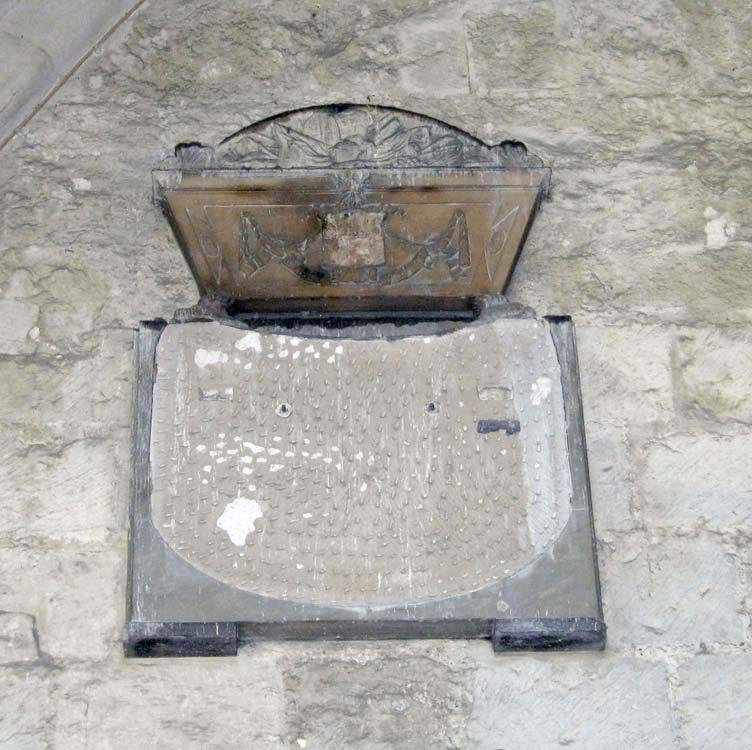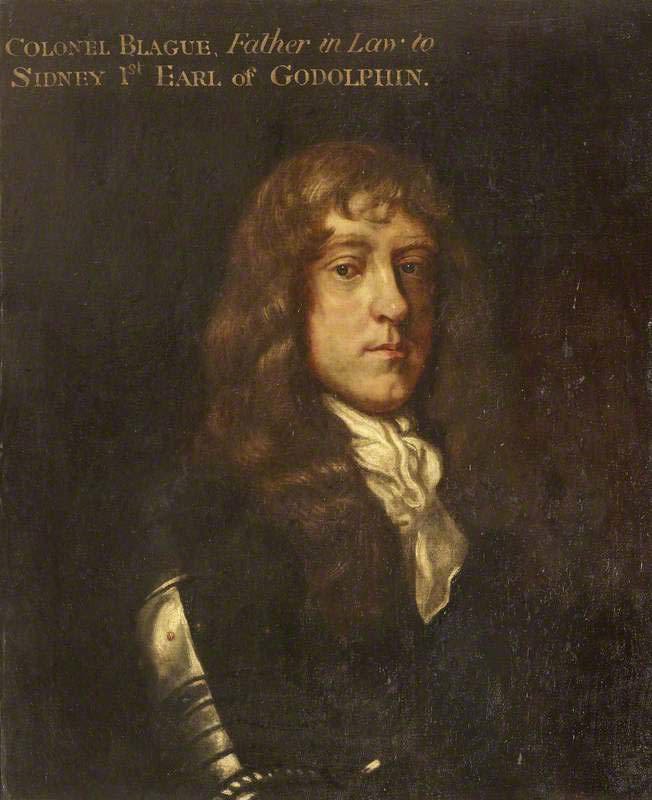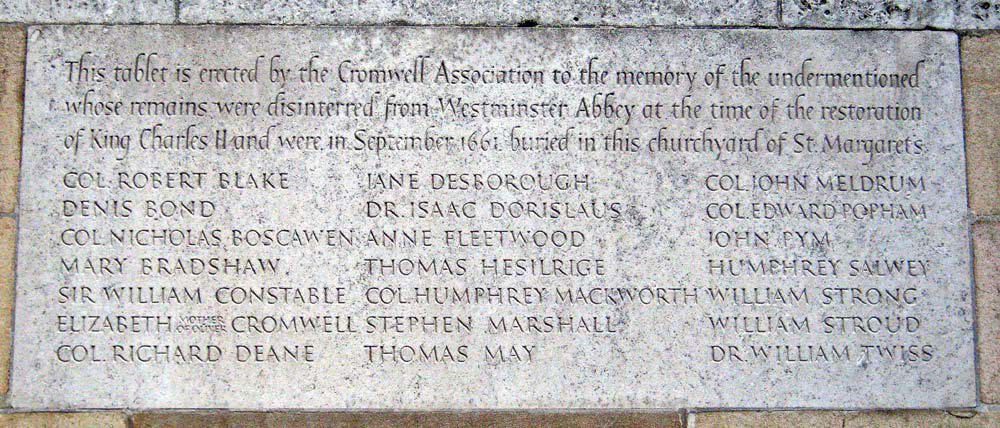Sir Charles Stuart
A white marble memorial to army officer Sir Charles Stuart is on the wall of St Andrew's chapel, off the north transept of Westminster Abbey. Its original position was nearby in St John the Evangelist's chapel and it was slightly altered in form when it was moved in the late 19th century. The monument is by Joseph Nollekens and consists of a boy on a sarcophagus holding drapery and displaying a relief portrait of Sir Charles, with a background of military trophies. Below (but originally at the top of the memorial) is an heraldic achievement with two shields, for Stuart and (probably) Bertie. The Latin inscription can be translated:
In memory of a most noble man, Charles Stuart, Kt. [Knight] of the Order of the Bath, fourth son of John, Earl of Bute. He first saw military service in America, and then, the French wars flaring up, he was sent as General to Corsica and Minorca, each of which he successfully subdued. The prayers of all good men called him, and then the favour of the King destined him for even greater things. He died at Richmond A.D. 1801 at the age of 47, bequeathing to the nation, as much as to his friends, no small sense of loss for such and so great a man, in whose virtues, unparallelled no less in the camp than upon the field of battle, where there were dangers to be repelled or wrongs to be avenged, his country was able fearlessly and confidently to find succour.
He was born at Kenwood House in January 1753, a son of John Stuart, Earl of Bute and his wife Mary Wortley Montagu. His brothers were John, 1st Marquess of Bute and William, archbishop of Armagh, and his sister was Louisa. In 1778 he married Anne Louisa, daughter of Lord Vere Bertie and they had two sons including Charles who became Baron Stuart of Rothesay. During his service in America he was well known to General Clinton. Later he served in Parliament and rejoined the army in 1794. He sided with Corsican patriot General Paoli against the viceroy of Corsica and later helped to build up the Portuguese army. As governor of Minorca he made effective administrative changes. He died on 25th March 1801 at his house in Richmond Park in Surrey and was buried in the family vault at Petersham.
Further reading
Oxford Dictionary of National Biography 2004

[Public domain], via Wikimedia Commons

This image can be purchased from Westminster Abbey Library
Image © 2025 Dean and Chapter of Westminster
